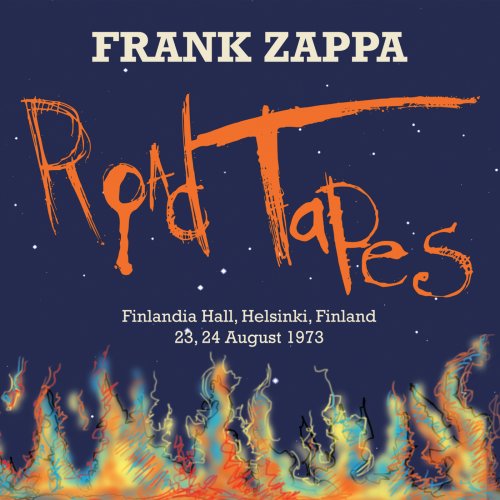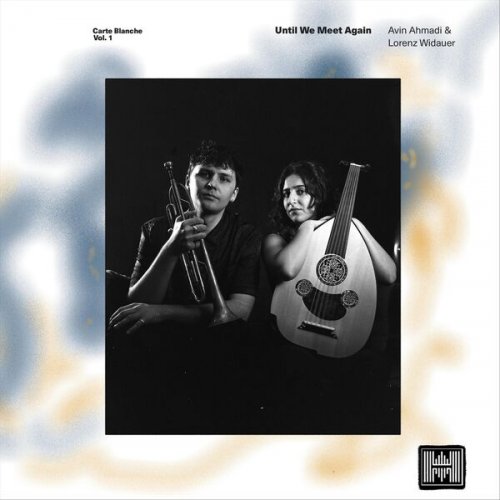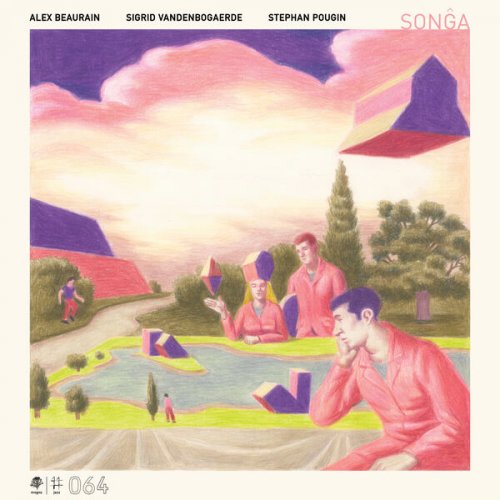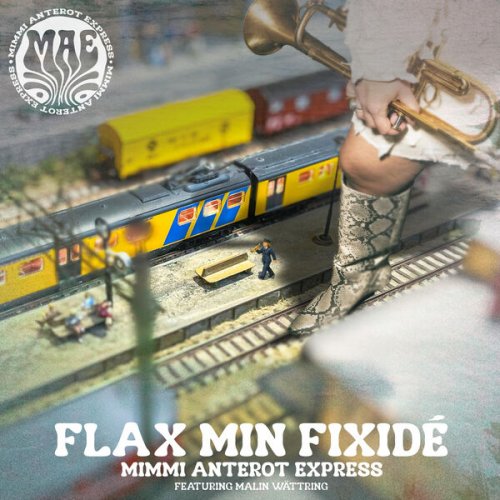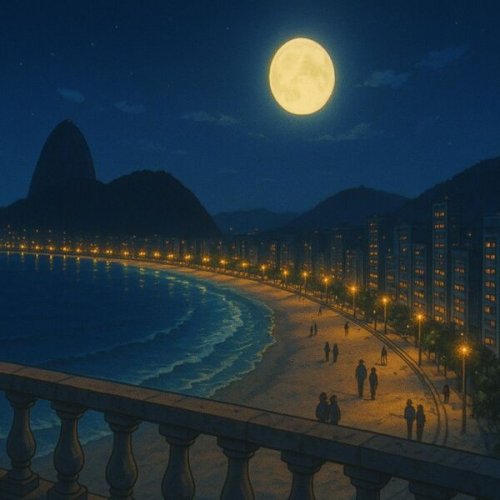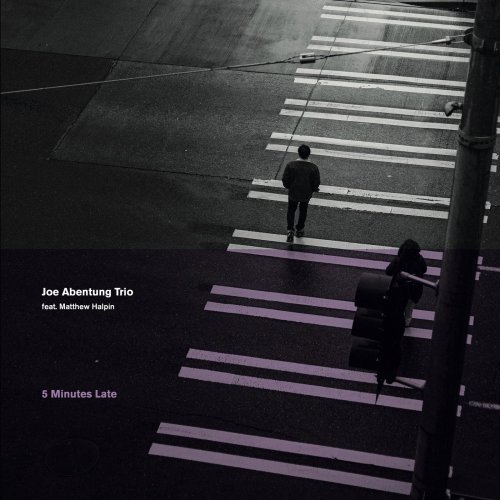Andrés Segovia - The Very Best of Andres Segovia - Guitar Genius (2019) [Hi-Res]
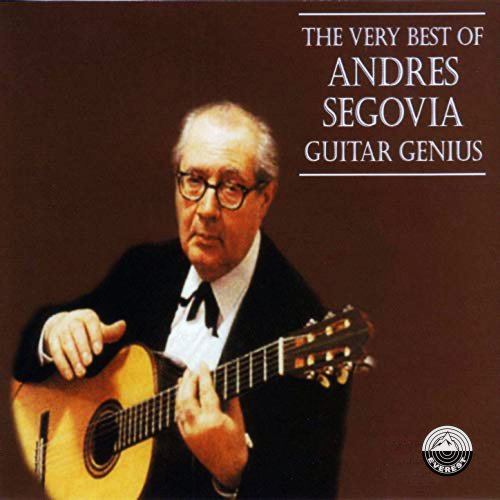
Artist: Andrés Segovia
Title: The Very Best of Andres Segovia - Guitar Genius
Year Of Release: 1965 / 2019
Label: Everest Records
Genre: Classical
Quality: FLAC (tracks) [44.1kHz/24bit]
Total Time: 2:48:32
Total Size: 1.26 GB
WebSite: Album Preview
Tracklist:Title: The Very Best of Andres Segovia - Guitar Genius
Year Of Release: 1965 / 2019
Label: Everest Records
Genre: Classical
Quality: FLAC (tracks) [44.1kHz/24bit]
Total Time: 2:48:32
Total Size: 1.26 GB
WebSite: Album Preview
Disc 1
1 Partita No. 3 in E Major, BWV 1006 : Gavotte on Rondeau
2 Partita No. 2 in D Major, BWV 1004 Chaconne
3 Suite No. 6 in D Major, BWV 1012: Gavottes I & II
4 Lute Suite in E Minor, BWV 996: Bourree
5 Prelude in C Minor, BWV 999
6 Prelude in C Minor, BWV 999
7 Suite No. 6 In C Major, BWV 1009: Courante
8 Suite No. 6 in D Major for Violincello, BWV 1012: Gavotte
9 Sonata for Solo Violin No. 1 in G Minor, BWV 1001: Fugue
10 Suite No. 3 in C Major for Violincello, BWV 1009: Courante
Disc 2
1 Sarabande
2 Bourree
3 Menuet
4 Entrada
5 Gigue
6 Bouree
7 Menuet
8 Canzona
9 Saltarello
10 El Noi de la Mare
11 El Testamente de Amelia
12 Etude No. 1 in E Minor
13 Fandanguillo
14 Etude No. 8 in A Sharp Minor
15 Campo
16 Copla
17 Fiesta
Disc 3
1 I. Allegretto Giusto
2 II. Andatino, Alla Romanza
3 III. Ritmico E Cavalleresco
4 Tarantella, Aranci In Fiore, Op.87
5 Allegretto (Sonatina In A Major)
6 Fandanguillo (Suite Castellana)
7 Preludio
8 Nocturno
9 Fandanguillo (Suite Castellana)
10 Arada (Suite Castellana)
11 Burgalesa
12 Albada
13 Arada (Suite Castellana)
Disc 4
1 Prélude. Allemande
2 Gavotte
3 Sarabande
4 Gigue
5 Folia de Espagna - Theme & Variations With Fugue
6 Allegro Moderato
7 II. Cancion
8 Postlude
9 Mazurka
10 Petit Valse
Andrés Segovia, Marquis of Salobreia, was born near Jaen, Granada, Spain. He became a guitarist against the double opposition of his parents. First, they opposed his learning the guitar and got him cello and piano teachers instead. When he persisted in teaching himself guitar, they opposed his becoming a musician. He sought a guitar teacher at the Granada Institute of Music when he studied there, but found none, so continued learning the instrument on his own. He made his debut at the Centro Artística in Granada at the age of 15. He played so skillfully that he was urged to become a professional soloist. He played in Madrid in 1912, at the Paris Conservatory in 1915, and in Barcelona in 1916, and made a wildly successful tour of South America in 1919. He made his formal debut in Paris on April 7, 1924, in a program which included a new work written for him by Albert Roussel, named Segovia. It was the first of many works which were written for him by distinguished composers, enriching the instrument's repertory as Segovia had elevated its artistic potential. His U.S. debut was at Town Hall, New York, on January 8, 1928.
Being self-taught, his technique was unique. It was, in fact, superior to that which was being taught at the time, and extended the flexibility and expressive possibilities of the instrument. The main difference was in the method of using the right hand for strumming and picking the strings: Segovia's method paid much attention to the means of attack: whether hard parts of the fingers, fleshy parts, or the nails were used; other subtleties that affected the dynamics of the instrument; and an economy of motion that allowed longer and more sustained playing. There were classical guitarists before him, and distinguished ones even when he appeared, but it was not an instrument that was regarded as a serious vehicle for classical music. Segovia personally changed that, and not by accident. No doubt affected by his parents' attitude toward his chosen career, he had a driving desire to make it so. He wrote numerous transcriptions of older music for lute and for the Spanish vihuela. He transcribed music of Bach, Haydn, Mozart, Chopin, Handel, and others. He commissioned works by Castelnuovo-Tedesco (notably the great suite Platero and I), Falla, Turina, Tansman, Villa-Lobos, Torroba, Ponce, and Rodrigo, whose Fantasia para un gentilhombre was written for him. His reinstatement of the guitar as a solo instrument was sealed by his becoming one of the great teachers of music history. He established guitar schools or courses at the Accademia Musicale Chigiana, Siena, Santiago de Compostela, and the University of California in Berkeley. His students included Alirio Diaz, Oscar Ghilia, and John Williams.
Segovia become one of the great names in classical music, whose mere name was enough to sell out houses worldwide. He received numerous awards and honors during his lifetime, including the Grand Cross of Isabela and Alfonso, the Gold Medal of the Royal Philharmonic Society of London, and many honorary degrees. The house where he was born had a commemorative plaque attached to it in 1969 proclaiming him the "leading son of the city." King Juan Carlos of Spain ennobled him as the Marquis of Salobreia in 1981, and in the same year a Segovia International Guitar Competition was established in his honor. He continued to give recitals and concerts until an advanced age, and had the rare opportunity, in 1984, of playing at a gala concert honoring the 75th anniversary of professional debut. ~ Joseph Stevenson
Being self-taught, his technique was unique. It was, in fact, superior to that which was being taught at the time, and extended the flexibility and expressive possibilities of the instrument. The main difference was in the method of using the right hand for strumming and picking the strings: Segovia's method paid much attention to the means of attack: whether hard parts of the fingers, fleshy parts, or the nails were used; other subtleties that affected the dynamics of the instrument; and an economy of motion that allowed longer and more sustained playing. There were classical guitarists before him, and distinguished ones even when he appeared, but it was not an instrument that was regarded as a serious vehicle for classical music. Segovia personally changed that, and not by accident. No doubt affected by his parents' attitude toward his chosen career, he had a driving desire to make it so. He wrote numerous transcriptions of older music for lute and for the Spanish vihuela. He transcribed music of Bach, Haydn, Mozart, Chopin, Handel, and others. He commissioned works by Castelnuovo-Tedesco (notably the great suite Platero and I), Falla, Turina, Tansman, Villa-Lobos, Torroba, Ponce, and Rodrigo, whose Fantasia para un gentilhombre was written for him. His reinstatement of the guitar as a solo instrument was sealed by his becoming one of the great teachers of music history. He established guitar schools or courses at the Accademia Musicale Chigiana, Siena, Santiago de Compostela, and the University of California in Berkeley. His students included Alirio Diaz, Oscar Ghilia, and John Williams.
Segovia become one of the great names in classical music, whose mere name was enough to sell out houses worldwide. He received numerous awards and honors during his lifetime, including the Grand Cross of Isabela and Alfonso, the Gold Medal of the Royal Philharmonic Society of London, and many honorary degrees. The house where he was born had a commemorative plaque attached to it in 1969 proclaiming him the "leading son of the city." King Juan Carlos of Spain ennobled him as the Marquis of Salobreia in 1981, and in the same year a Segovia International Guitar Competition was established in his honor. He continued to give recitals and concerts until an advanced age, and had the rare opportunity, in 1984, of playing at a gala concert honoring the 75th anniversary of professional debut. ~ Joseph Stevenson
![Tomasz Stańko, Tomasz Szukalski, Dave Holland & Edward Vesala - Balladyna (1976/2025) [Hi-Res] Tomasz Stańko, Tomasz Szukalski, Dave Holland & Edward Vesala - Balladyna (1976/2025) [Hi-Res]](https://www.dibpic.com/uploads/posts/2025-12/1765717548_cover.jpg)

